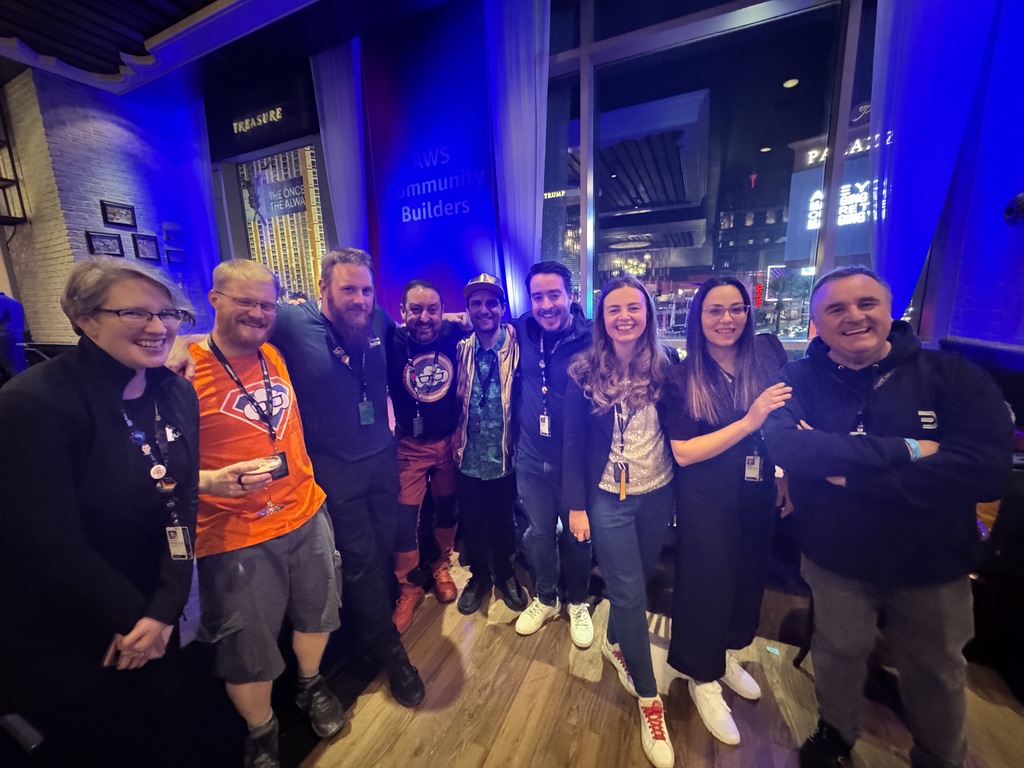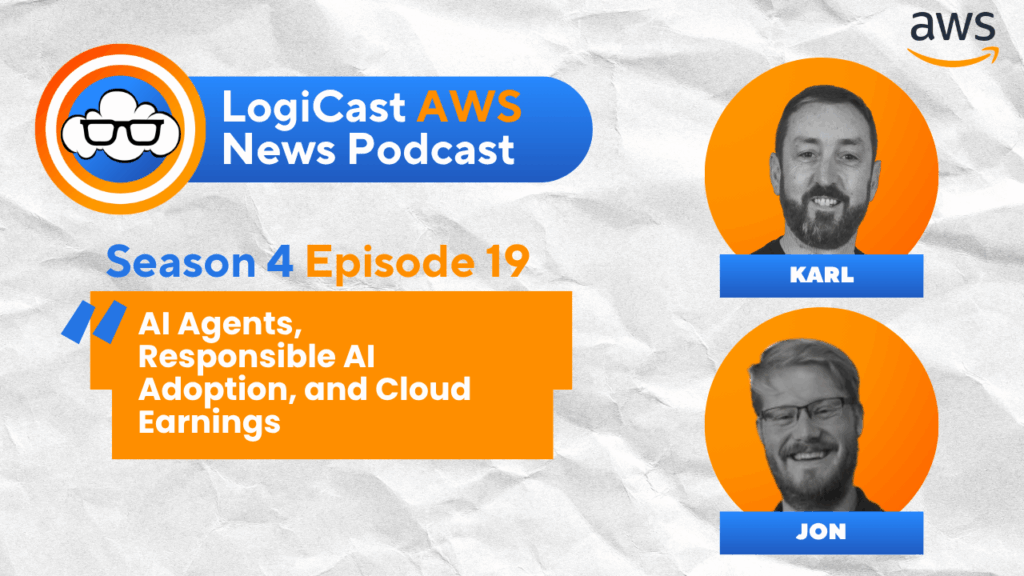
Logicata AI Bot
November 10, 2025
The Logicata AI Bot automatically transcribes our weekly LogiCast AWS News Podcasts and summarises them into informative blog posts using AWS Elemental MediaConvert, Amazon Transcribe and Amazon Bedrock, co-ordinated by AWS Step Functions.
In this week’s episode of LogiCast, the AWS News podcast, host Karl Robinson, co-host Jon Goodall, and guest Sujal Shaw, an AWS Community Builder from India, dive into the latest AWS news and developments.
European Sovereign Cloud White Paper
AWS has released a white paper detailing the upcoming European Sovereign Cloud. This cloud infrastructure aims to address concerns about data sovereignty and independence from US control. Jon expressed skepticism about the level of true independence, noting that it’s still a wholly-owned subsidiary of Amazon US Inc. and likely subject to the US Cloud Act.
Key points from the white paper include:
1. Corporate governance with EU nationals serving as managing directors and an independent advisory board
2. No critical dependencies on non-EU infrastructure
3. Gradual transition to being operated exclusively by EU citizens located in the EU
Jon speculated that the primary users of this cloud would be government entities, government-backed organizations, and large-scale European companies in sensitive industries. He also noted the technical challenges of creating a truly independent infrastructure, given the global interconnectedness of AWS services.
Sujal pointed out that many countries, including India, are exploring data sovereignty options. He suggested that if the European Sovereign Cloud model proves successful, it could be replicated in other regions where data residency is a key issue.
AWS Fastnet Cable Armoring
Amazon is equipping its next underwater cable, the AWS Fastnet, with robust armoring to prevent cuts. This cable will run from Maryland in the US to Ireland, capable of transporting over 320 terabytes per second.
Jon geeked out over the hardware aspects of this development, emphasizing the continued importance of physical infrastructure in the age of cloud computing. He noted that despite the impressive bandwidth, undersea cables remain vulnerable to various threats, including nation-state actors and accidental damage from fishing vessels.
Sujal highlighted the importance of armoring, stating that “a single fishing anchor can cause multi-million dollar outage. So, armoring improves durability and reduces maintenance downtime.”
While the cable’s capacity is impressive, Jon cautioned that it doesn’t eliminate the need for regional thinking in global deployments. Latency will still be a factor, and organizations should continue to consider local infrastructure for optimal performance.
AWS Deployment Complexity
The team discussed a column by Corey Quinn addressing the complexity of deploying to AWS. Quinn argues that younger developers may not tolerate the intricate setup process required for AWS deployments, preferring simpler platforms-as-a-service options.
Jon agreed with Quinn’s assessment, acknowledging the steep learning curve associated with AWS. He stated, “It is far too hard to get things to work in AWS, right? I struggle in some cases with some things, and I find things I didn’t know regularly and I’m pro certified twice over.”
However, Jon also pointed out that this complexity is not necessarily a technical impossibility to overcome. He cited examples like Vercel and Heroku, which provide simpler deployment experiences while still leveraging AWS infrastructure underneath.
Jon suggested that AWS has historically struggled to create effective abstraction layers on top of its own services. He mentioned Amplify as AWS’s best attempt at a simplified platform but noted that it still faces stiff competition from other providers.
Sujal advocated for a balanced approach, suggesting that “adding more autonomy, creative freedom, and open communication could make AWS more attractive to younger engineers without losing its focus.”
The discussion highlighted the ongoing tension between the power and flexibility of AWS and the desire for simpler, more developer-friendly deployment options. As the cloud landscape evolves, it remains to be seen how AWS will address these challenges and maintain its market leadership.
In conclusion, this episode of LogiCast covered a range of topics from European data sovereignty to undersea infrastructure and developer experience. These discussions underscore the complex and rapidly evolving nature of cloud computing, as well as the ongoing challenges and opportunities in the AWS ecosystem.
This is an AI generated piece of content, based on the Logicast Podcast Season 4, Episode 42.





